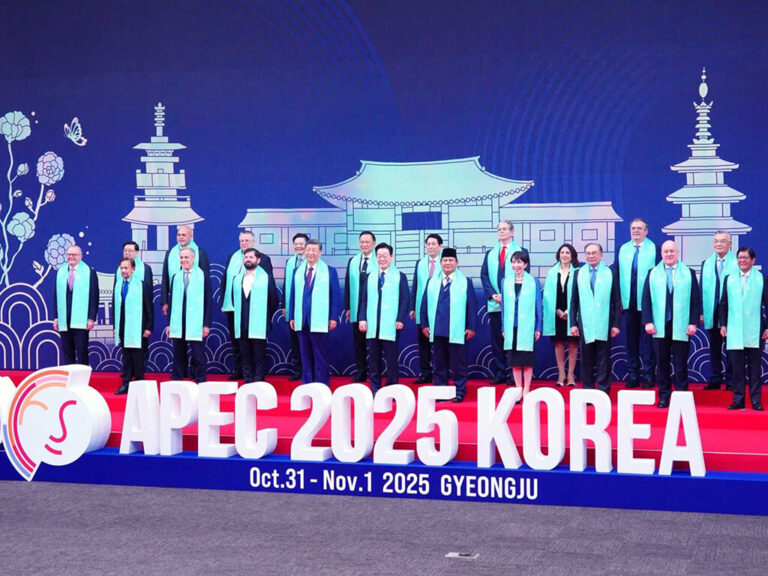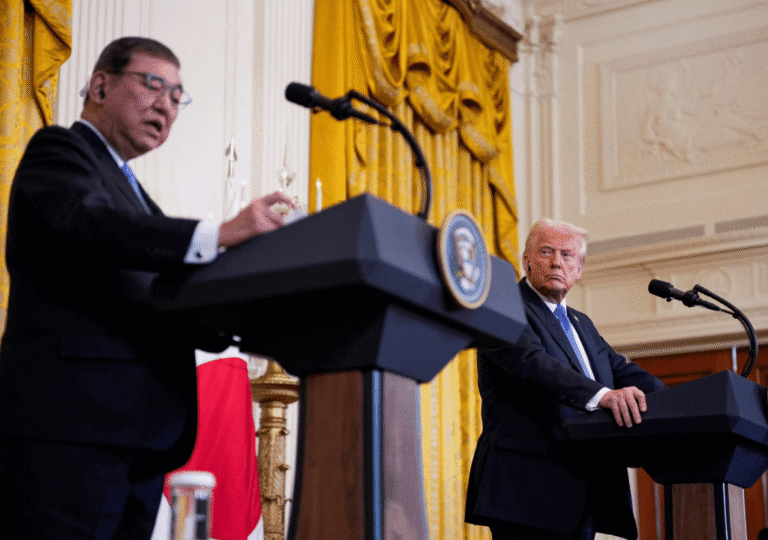In Asian politics, two major alliances are emerging: one led by the United States, with Japan, South Korea, Taiwan, Australia, and Singapore, and the other led by China, including Russia, North Korea, and Iran. However, there are still players in the region that have not joined either side but whose moves can shift the power balance. These countries skillfully open up to both parties, using the rivalry as an opportunity. Malaysia can be counted among these.
Malaysia is a country that always keeps close ties with the US; it has strong military and economic relationships with the US and is a place where many Western companies Asian businesses operate. However, unlike other United States allies in the region, Malaysia does not distance itself from China, economically or politically. Malaysia maintains a warm relationship with China and is part of the Belt and Road Initiative. Even though Malaysia receives significant investments from the United States, China is now Malaysia’s biggest trade partner. There are many doubters who believe that Malaysia’s Islamic identity and increasing authoritarian nature in administration could lead it to side with China or remain neutral. Being strategically located, Malaysia’s neutrality would be a setback for the USA.
However, the influx of investments, including in the semiconductor industry, is flowing to Malaysia from the West. These investments are not only meant for economic growth but also serve as a political strategy. This substantial amount of investment could help Malaysia join the list of developed countries and ultimately become part of the Asian NATO.
The semiconductor industry is increasingly important in the digital era, and the world seeks alternatives beyond Taiwan. Malaysia understands this opportunity and is setting up infrastructure to capitalize on it. However, it’s not just about business; investing in such an important sector also requires considering the country’s political and economic policies. Investments will flow into the country only if it is politically stable and aligns with Western interests. It is important to note that Malaysia has successfully attracted Western companies in this sector. Prominent companies like Intel and Infineon have invested $7 billion, NVIDIA is preparing to invest $4.3 billion in an AI data center, and Texas Instruments has allocated $3.1 billion for two new semiconductor assembly facilities. Other significant investors include Bosch, AT&S, Ericsson, and Simtech. This aligns perfectly with Malaysia’s aim to become a high-tech economy.
It needs to be considered that the U.S. is giving a green light to investments because they want to keep Malaysia aligned with them. Malaysia holds an important geopolitical position, connecting the South China Sea to the world. Supporting Malaysia and facilitating its semiconductor ambitions is part of the United States’ strategy. Although Malaysia is already involved in the semiconductor industry with local firms like Tera and Upstar, which handle high-end technologies such as wafer fabrication and IC designs, Malaysia is expecting $107 billion in investments to position itself as the next Taiwan. The “Kuala Lumpur 2030” initiative aims to establish the country as a global hub for semiconductor manufacturing. All this is possible with foreign investments, and the influx of money from the West will help achieve this dream. Through these investments, Malaysia will become increasingly dependent on the United States, paving the way for its inclusion in the emerging Asian NATO. The investment pattern, which includes not only Western countries but also South Korea and Japan, highlights the broad scope of collaboration among these nations and supports the United States Asian NATO initiative.








